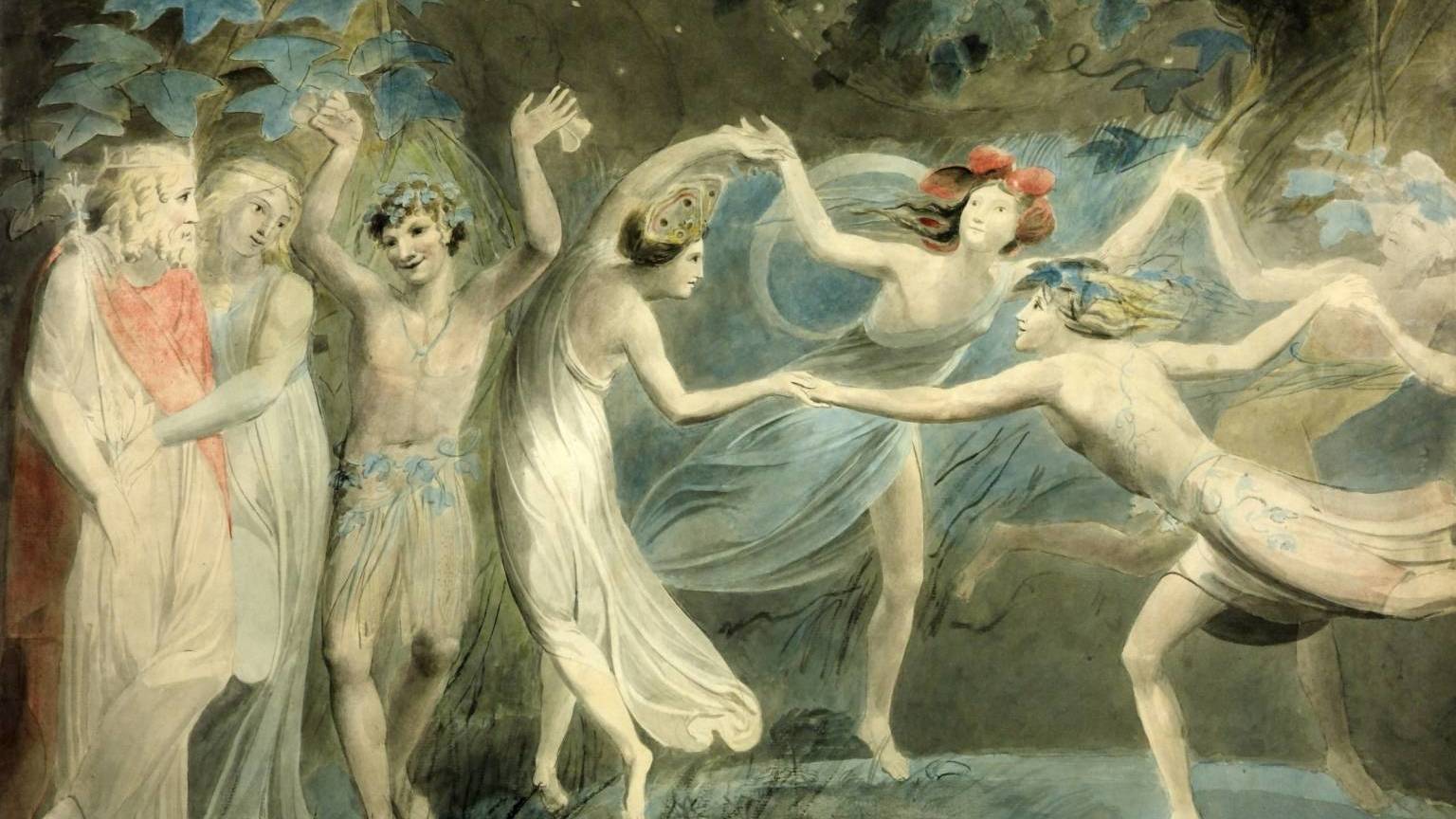Anatoly Lyadov’s “The Enchanted Lake”: Painting a Fairy Tale Scene
The Enchanted Lake is a dreamy and fleeting 1908 tone poem by the Russian composer, Anatoly Lyadov (1855-1914). Subtitled “fairy tale scene,” the piece unfolds as a shimmering, gradually shifting mirage of impressionistic color. Divided strings undulate with the majesty of a vast, tranquil sea, while the flute, celesta, and harp suggest the sparkle of twinkling stars. At moments, we hear the influence of the magical, coloristic orchestration of Rimsky-Korsakov. The piece may have …







